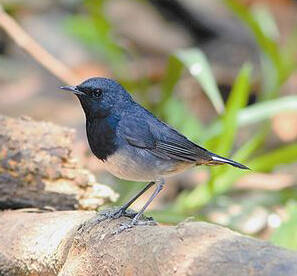
Luscinia obscura
Luscinia obscura,Calliope obscura,Black-throated Robin,Blackthroat,nightingale
Blackthroat, foreign name Blackthroat, no subspecies.Regarding the taxonomic···
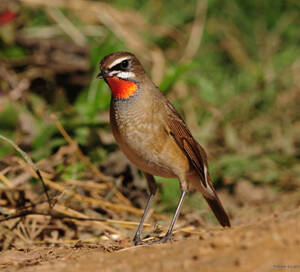
Calliope calliope
Calliope calliope,Siberian Rubythroat,Siberian robin, red-throated robin, red-throated robin, red-necked robin, robin
The Siberian Rubythroat is a songbird of the class Aves and family Flycatche···
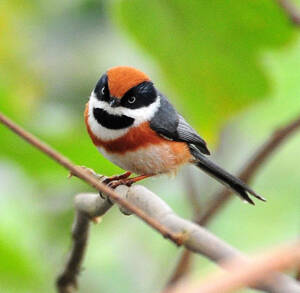
Luscinia ruficeps
Rufous-headed Robin,Luscinia ruficeps
The Rufous-headed Robin is a very rare endangered species.The Rufous-headed ···
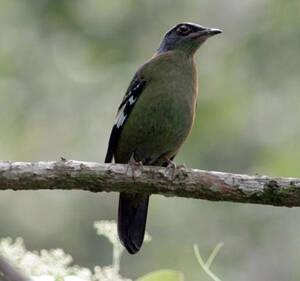
Cochoa viridis
Cochoa viridis,Green Cochoa,Green Thrush,
Green Cochoa, also known as Green Cochoa, is a bird of the family Thrushidae···
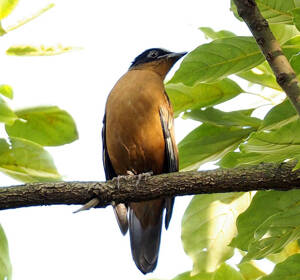
Cochoa purpurea
Cochoa purpurea,Purple Cochoa,Purple Thrush
Purple Cochoa, also known as Purple Cochoa in English, is a bird of the genu···
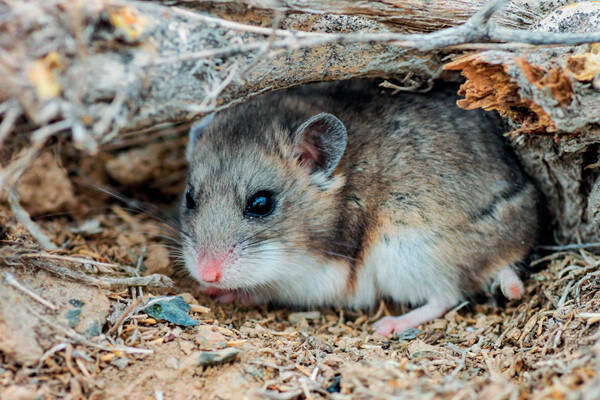
Cricetulus migratorius
Cricetulus migratorius,Grey hamster,Hamster, moving
The gray hamster belongs to the subfamily Cricetinae. The taxonomic status o···
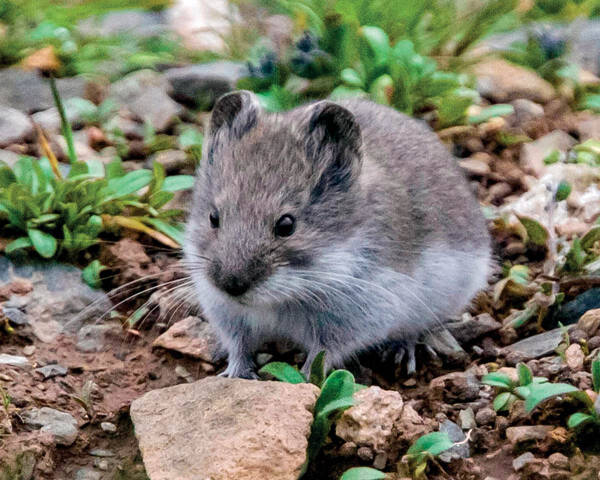
Cricetulus kamensis
Cricetulus kamensis,Tibetan hamster,Kangzang hamster, Tibetan hamster, short-tailed Tibetan hamster, Ladakh hamster
Kangzang hamster belongs to the subfamily Cricetinae. Its former Chinese nam···
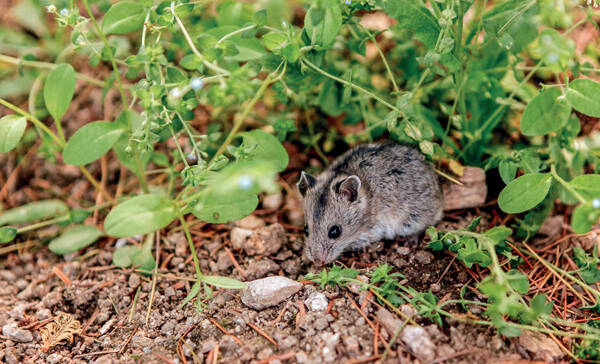
Cricetulus barabensis
Cricetulus barabensis,Spotted hamster, patterned hamster, moving hamster, cheeked hamster, Chinese hamster
The black-lined hamster belongs to the subfamily Cricetinae. The taxonomic s···
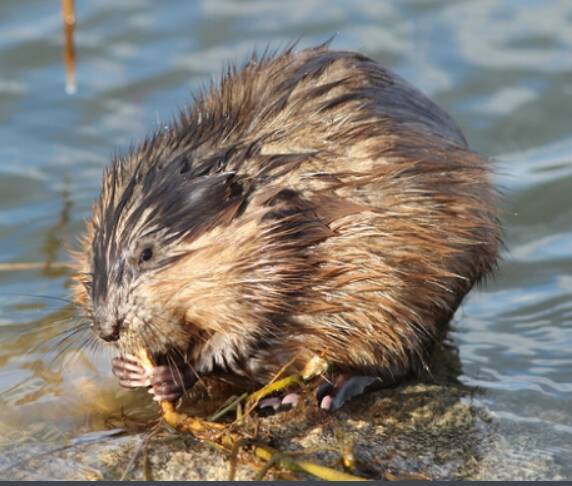
Ondatra zibethicus
Ondatra zibethicus,Muskrat, Ondatra,Castor zibethicus Linnaeus,Blue-rooted marten, muskrat, water rat, water rat
Muskrat is commonly known as blue-rooted marten or muskrat. It is named beca···
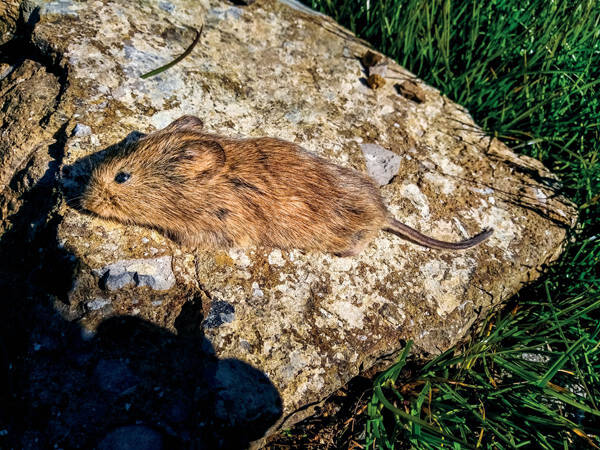
Proedromys liangshanensis
Proedromys liangshanensis,Neodon nyalamensis,Vole, Microtus gross
Liangshan Grooved Vole belongs to the subfamily Arvicoliniae. It is a new sp···
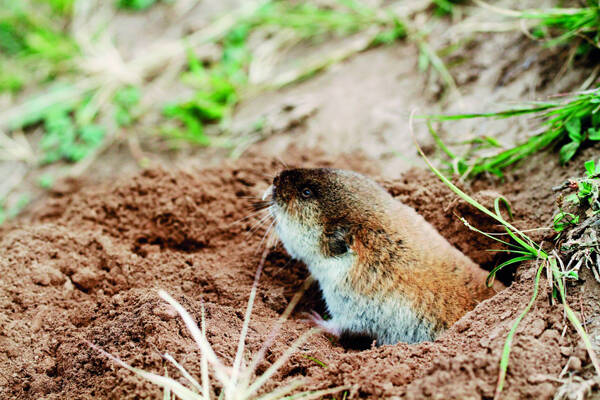
Ellobius talpinus
Ellobius tancrei,Ellobius talpinus,Flip rat, ground rat, blind rat, arch rat
Mole voles belong to the subfamily Arvicolinae. There are 5 species in the w···
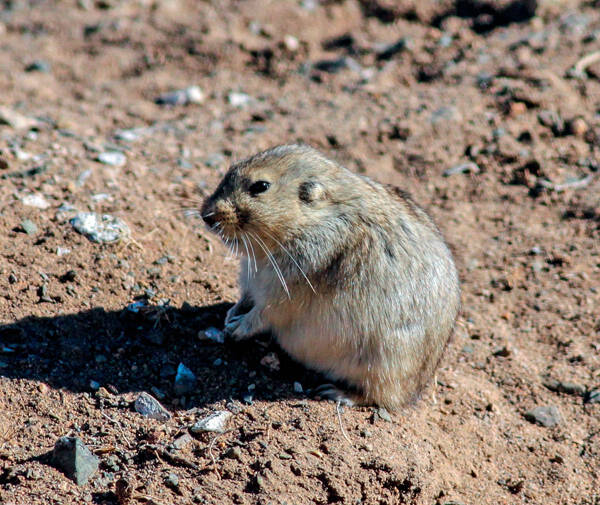
Eolagurus luteus
Eolagurus luteus,Lagurus luteus,Yellow Steppe Lemming,Yellow prairie lemming,
The yellow rabbit-tailed rat is a typical semi-desert steppe species and is ···
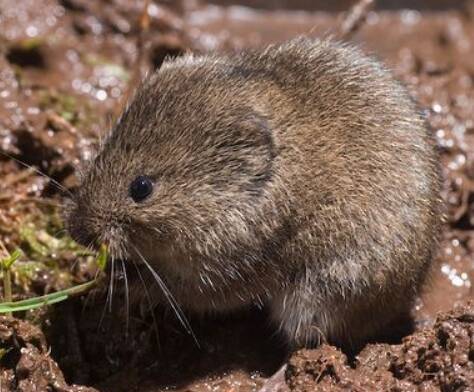
Microtus oeconomus
Microtus oeconomus,Root Vole
Root voles are very tolerant of moisture, and their population is large in v···
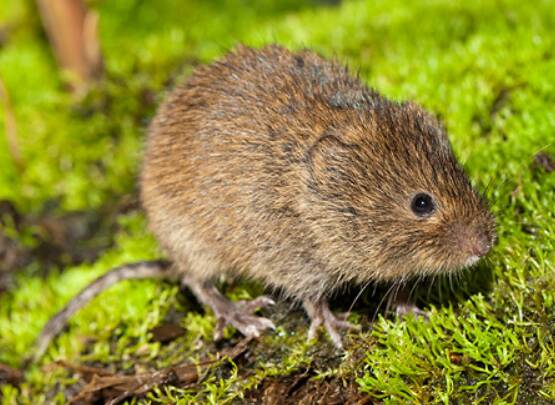
Alexandromys limnophilus
Alexandromys limnophilus,Microtus,Root Vole subspecies qaidam,Microtus oeconomus limnophilus
Qaidam root voles live in caves, which are relatively simple and mostly have···
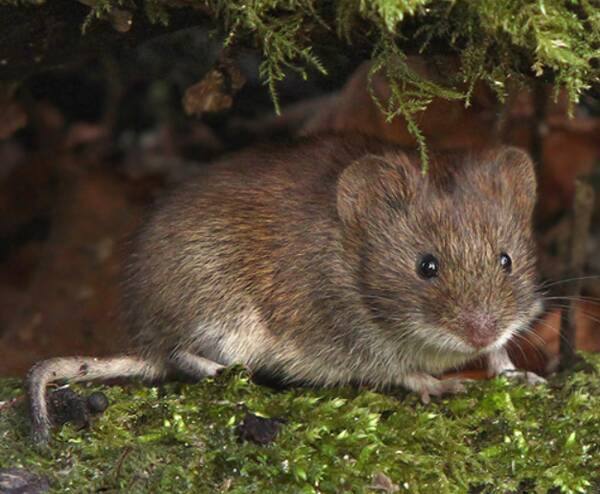
Lasiopodomys (Stenocranius) gregalis
Lasiopodomys (Stenocranius) gregalis,Lasiopodomys gregalis,Social Vole
Narrow-headed voles live in groups. They are active mainly during the day, b···
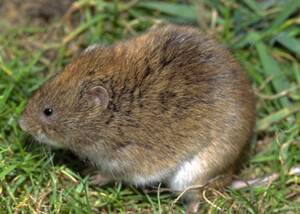
Microtus fortis
Microtus fortis,Reed Vole,Swamp vole, Far Eastern vole, Giant vole
The oriental vole is a typical burrowing type. It does not hibernate and mov···
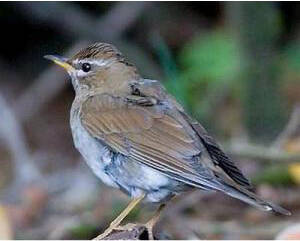
Turdus feae
Turdus feae,Grey-sided Thrush, Fea's Thrush,
Grey-sided Thrush is a medium-sized bird of the family Thrushidae and the ge···
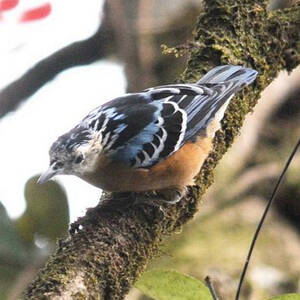
Sitta formosa
Sitta formosa,Beautiful Nuthatch
Beautiful Nuthatch, also known as Beautiful Nuthatch in English, is a small ···
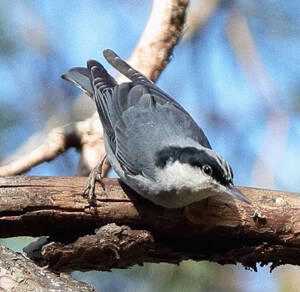
Sitta magna
Sitta magna,Giant Nuthatch
Giant Nuthatch, also known as Giant Nuthatch in English, is a small songbird···
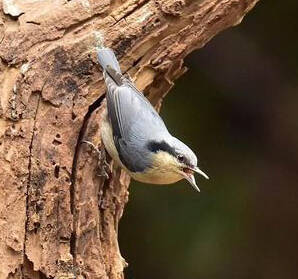
Sitta yunnanensis
Sitta yunnanensis,Black-masked Nuthatch
The Mandarin pronunciation of Yunnan Nuthatch is [diān shī], and its forei···
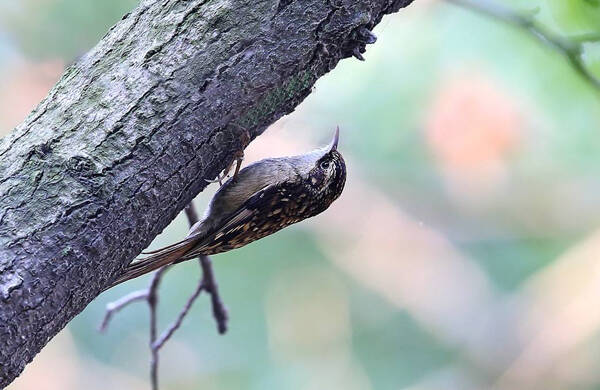
Certhia tianquanensis
Certhia tianquanensis,Sichuan Treecreeper,Tree climbing bird,Certhia familiaris
Sichuan Treecreeper, also known as Sichuan Treecreeper, has no subspecies.In···
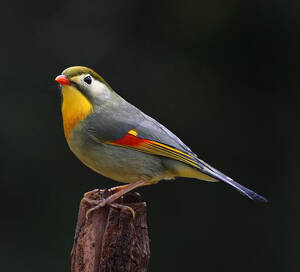
Leiothrix lutea
Leiothrix lutea,Red-billed Leiothrix,Pekin Robin,Lovebird, red-billed jade, colorful lovebird, red-billed bird
Red-billed Leiothrix has 5 subspecies. Red-billed Leiothrix is a resident bi···
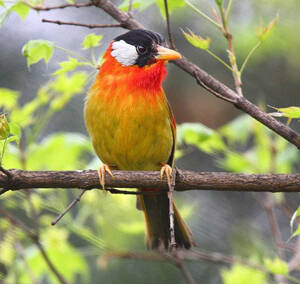
Leiothrix argentauris
Leiothrix argentauris,Silver-eared Mesia,Yellow-billed Jade, Colorful Lovebird
Silver-eared Mesia has 9 subspecies.Silver-eared Mesia often moves alone or ···
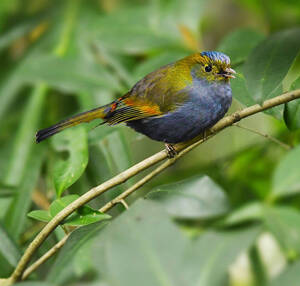
Liocichla omeiensis
Liocichla omeiensis,Omei Shan Liocichla
The foreign name of the Gray-breasted Bush Babbler is Omei Shan Liocichla, a···
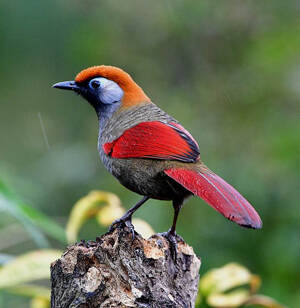
Garrulax milnei
Garrulax milnei,Red-tailed Laughingthrush,Trochalopteron milnei,Red-tailed Laughing Babbler
Red-tailed Laughingthrush, also known as Red-tailed Laughingthrush, has 4 su···
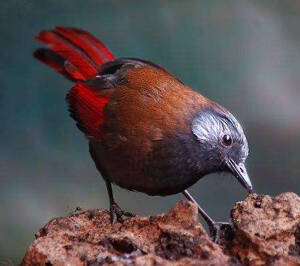
Garrulax formosus
Garrulax formosus,Red-winged Laughingthrush
Red-winged Laughingthrush has two subspecies.Red-winged Laughingthrush often···
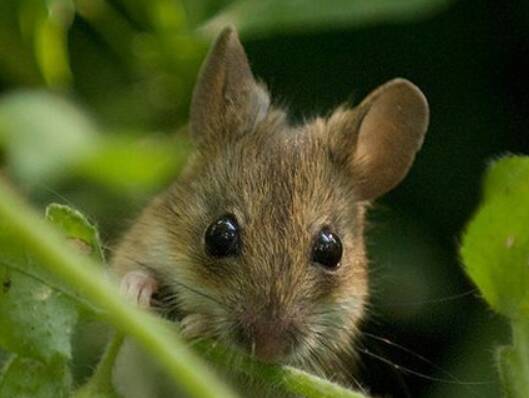
Garrulax formosus
Garrulax formosus,Red-winged Laughingthrush
Common voles belong to the subfamily Arvicolinae. There is no dispute about ···
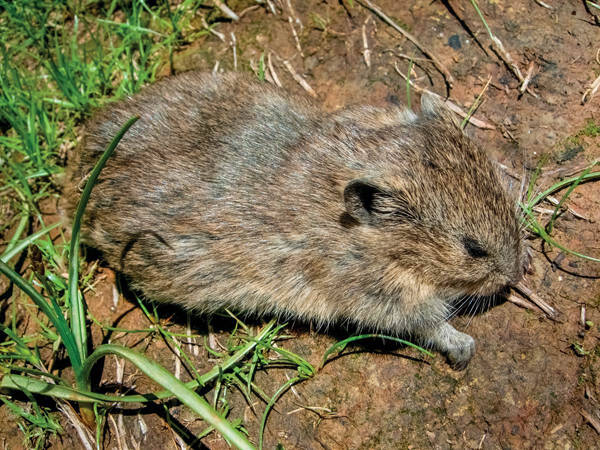
Phaiomys leucurus
Phaiomys leucurus,Pitymys leucurus,Brandt's pine vole, Pine vole, Pine vole、Blyth's vole
The white-tailed pine vole belongs to the subfamily of voles (Arvicolinae). ···
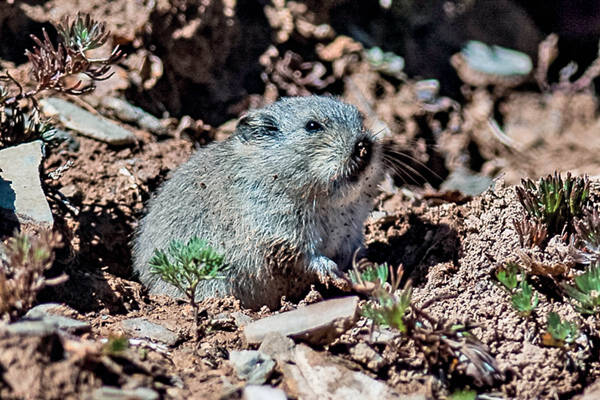
Neodon irene
Neodon irene
Plateau pine voles belong to the subfamily Arvicolinae. The classification s···
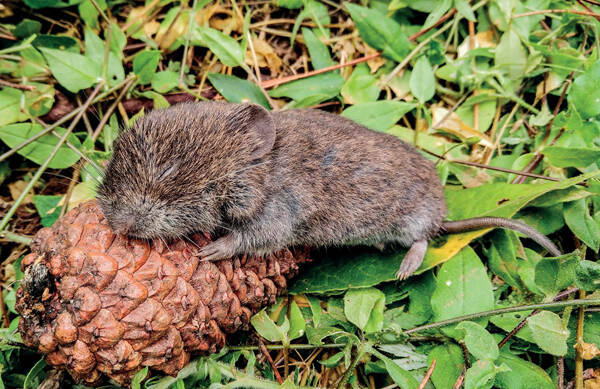
Eothenomys miletus
Eothenomys miletus,Eothenomys miletus confinii,Eothenomys miletus miletus,Asiatic velvet mouse
The large woolly rat belongs to the subfamily Arvicolinae. Its classificatio···
